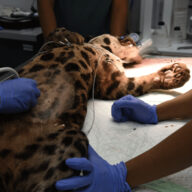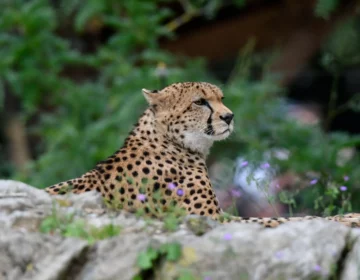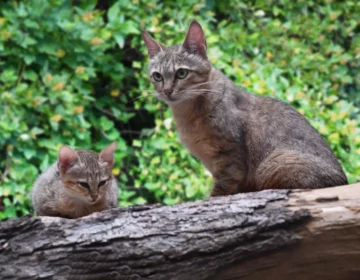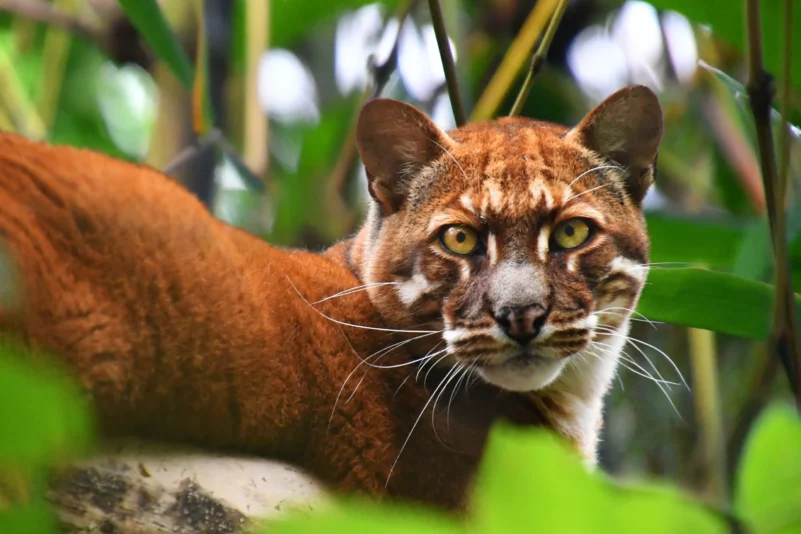
The Asian golden cat
Catopuma temminckii
The Asian golden cat
APPEARANCE
The Asian golden cat is a medium sized cat with relatively long legs. It looks like an African golden cat (Caracal aurata). The most common fur color is golden or reddish brown, but it can be dark brown as well as gray.
The most distinctive features of this cat are the white lines with a dark brown or black outline that run down the cheeks and from the inner corners of the eyes to the top of the head. The ears are rounded with a black back and a gray spot. The chest, belly, and inside of the thighs are white with small spots. The legs and tail are gray or black at the distal ends. The terminal half of the tail is white on the underside and often carried with the tip curled upward.
DISTRIBUTION AND HABITAT
The range of the golden mormie is similar to that of the fog panther (Neofelis nebulosa), Sunda panther (Neofelis diardi), and marbled leopard. It is found from the foothills of the Himalayas to China and Southeast Asia. It also inhabits Bangladesh, Bhutan, Cambodia, India, Indonesia, Lao PDR, Malaysia, Myanmar (Burma), Nepal, Thailand, and Vietnam.
It is found in a variety of forest habitats such as tropical and subtropical, moist evergreen mixed forests, and dry deciduous forests.
BEHAVIOUR
Little is known about the behavior of the golden mormie due to the poor understanding of the species. It was thought to be a primarily nocturnal active cat, but recent data indicates that it may also be active at dusk, as well as during the day.
FOOD
The golden mormi is primarily a terrestrial hunter. It hunts a variety of species and appears to be a generalist and opportunistic predator. It is known to prey on amphibians, small reptiles (lizards, snakes), insects, birds, primates, poultry, and small ungulates such as muntjac and duckbill.
MAIN THREATS
Information on the golden mormie population and its status is lacking. The main threats appear to be habitat loss and changes due to deforestation in the range. Southeast Asian forests have the world’s fastest regional rate of deforestation due to the expansion of oil palm, coffee, acacia, and rubber plantations.
